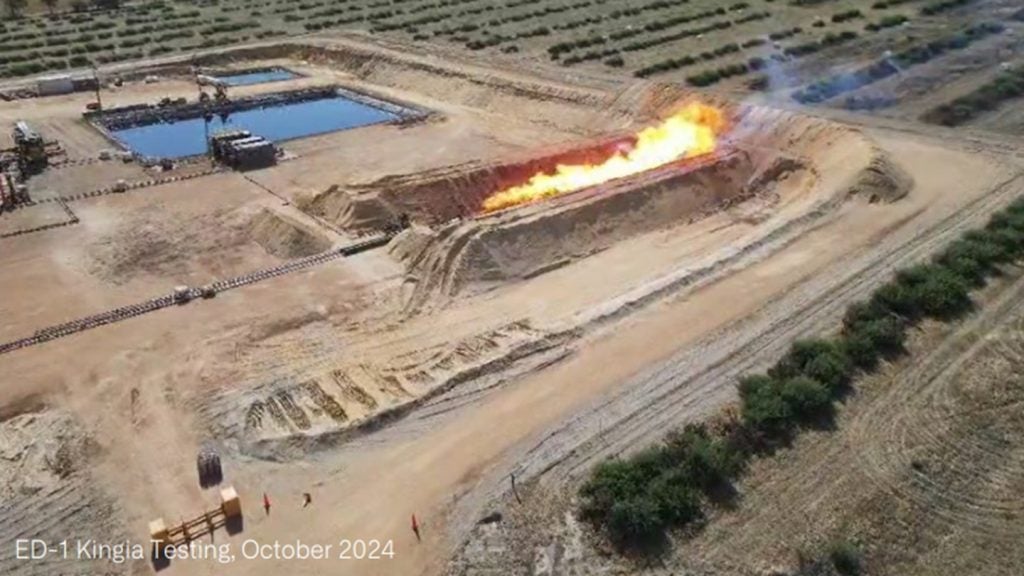
Oil prices have improved, driven by ongoing supply cuts led by oil cartel Organization of the Petroleum Exporting Countries (OPEC).
International Brent crude oil futures climbed 13 cents to $67.74 per barrel while US West Texas Intermediate (WTI) crude futures stood at $59.07 per barrel, gaining 4 cents, reported Reuters.
Overall crude prices have climbed by nearly a third, primarily due to supply cuts by OPEC member nations.
The OPEC member countries, along with other key participants, agreed to withhold production by about 1.2 million barrels per day (bpd) to support falling prices.
The prices were supported by recent US sanctions against major oil producers Iran and Venezuela.
Swiss bank Julius Baer economics head Norbert Ruecker was quoted by Reuters as saying: “The shaky supply outlook with regard to Venezuela and Iran, as well as the petro-nations’ output restrictions are top of mind in the oil market.”
How well do you really know your competitors?
Access the most comprehensive Company Profiles on the market, powered by GlobalData. Save hours of research. Gain competitive edge.

Thank you!
Your download email will arrive shortly
Not ready to buy yet? Download a free sample
We are confident about the unique quality of our Company Profiles. However, we want you to make the most beneficial decision for your business, so we offer a free sample that you can download by submitting the below form
By GlobalDataHowever, analysts opine that global economic slowdown may reduce fuel demand, which in turn will affect oil prices adversely. Industry group the American Petroleum Institute reported that the US crude, gasoline and distillate stock dropped in the week to 15 March 2019.
The data, if confirmed by the official weekly count by the US Energy Information Administration (EIA), may support global prices.
London Capital Group research head Jasper Lawler told Reuters: “A surprise draw in crude oil inventories… could lift (WTI) crude towards the elusive $60 per barrel. A level that hasn’t been breached so far this year.”







